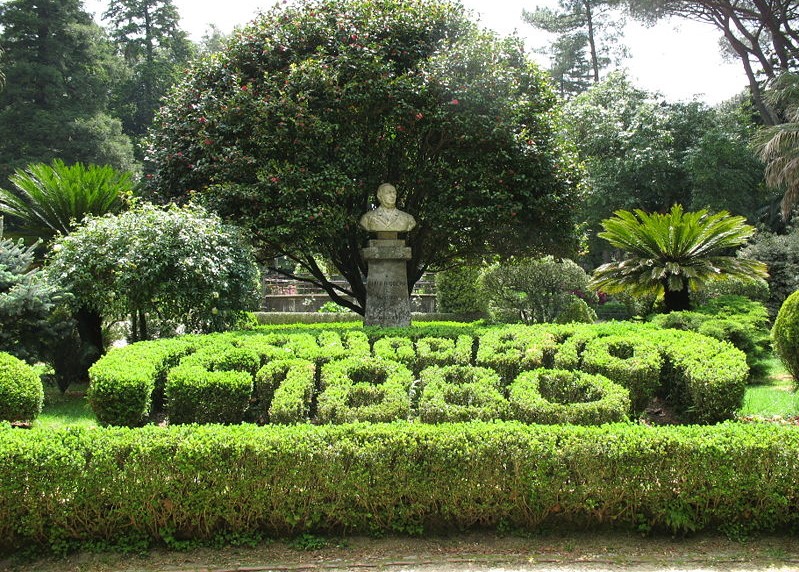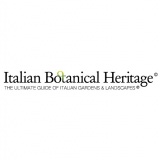
 Italian Botanical Heritage
Italian Botanical Heritage
Italian gardens: Villa comunale “Carlo Ruggiero” in Cittanova, Calabria
- WTI Magazine #133 Nov 14, 2020
-

 Italian Botanical Heritage
Italian Botanical Heritage
It is nicknamed the “salotto Verde” of Cittanova and has been considered since 1984 a national monument of natural and historical interest by the Ministry for Cultural Heritage. Mayor Carlo Ruggiero had the villa built at his expense, the project was done by the swiss engineer-agronomist Enrico Fehr, then it was donated to the town in March 1880.
The building covers an area about 2.5 ha large and it is formed by the Italian style Villa (name frequently given to council gardens in southern Italy) and four English style gardens. Three parts of the villa are bordered by holm oaks (Quercus ilex) and it is possible to access the building through two wrought iron gates: next to the first one there is the bust of Carlo Ruggiero, made by the sculptor and fellow citizen Girolamo Scionti (1875-1964), and the monument to the intellectual Alberto Cavaliere, which was sculpted by the son of Alik Cavaliere (1926-1998). There is also a boxwood hedge which forms the number 1880; near the second entrance there is a war memorial of all wars, realised in bronze by Michele Guerrisi (1893-1963), and there is an ornamental fountain with water-features. The external gardens are composed of four triangles separated by two criss-crossed boulevards whose centre is occupied by a great fountain.
It is an example of union of plants, which differ ecologically and botanically from one another, with typical characteristics of Renaissance Italian gardens like boxwood hedges, a holm oak wood developed along vertical lines and with a great variety of species. The deep soil and wet environment favoured the growth of a luxuriant vegetation with Mediterranean essences like holm oaks (Quercus ilex), pines (Pinus pinea), laurels (Laurus nobilis) and strawberry trees (Arbutus unedo), and also exotic species which have familiarized well with the environment reaching remarkable sizes. Among the most important specimens there are Atlas cedars (Cedrus atlantica), Lebanon cedars (Cedrus libani), Coast Redwood trees(Sequoia sempervirens), palms of the Canaries (Phoenix canariensis) and of California (Washingtonia filifera), junipers of Virginia (Juniperus virginiana), Styphnolobium japonicum (Sophora japonica), Pinus pinea, Platanus acerifolia, Liriodendron tulipifera, Quercus rubra, which form the two rows of one of the two access boulevards , Salix babylonica, some Lagerstroemia indica, one of them has a curious size for its species, a great Ginkgo biloba, various palms of the Canaries (Cycas revoluta), chinottos (Citrus × myrtifolia), numerous Prunus spp., azaleas and camelias.
The building hosts the botanical exhibition “Cittanova Floreale” in June.